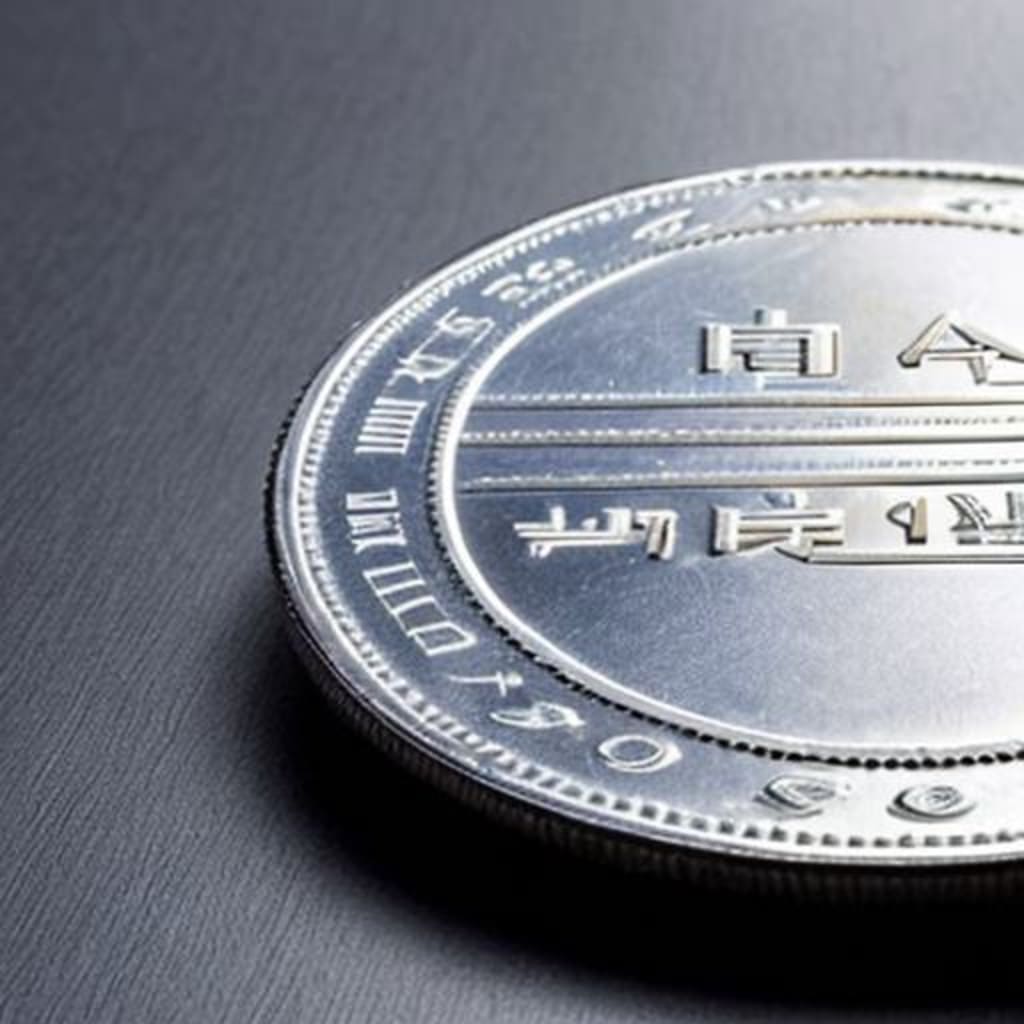
ensuring fair labor practices and protecting the rights of workers worldwide. However, the levels at which minimum wages are set vary significantly from country to country, leading to disparities in living standards and economic opportunities. This article examines the global variation of minimum wages, exploring the factors that influence these disparities and their impact on workers, businesses, and socio-economic conditions.
Factors Influencing Minimum Wage Variation (approx. 150 words):
Several factors contribute to the variation in minimum wage levels across different countries. Economic conditions, including the cost of living, inflation rates, and productivity levels, play a crucial role. Countries with higher costs of living tend to set higher minimum wages to ensure a decent standard of living for workers. Additionally, variations in labor market regulations, political ideologies, and social considerations influence minimum wage policies.
Another significant factor is the level of economic development within a country. Wealthier nations often have higher minimum wages, reflecting their ability to support higher labor costs. However, this can also result in higher unemployment rates, as businesses may struggle to afford the increased labor expenses.
Minimum Wage Disparities and Social Impact (approx. 200 words):
The disparities in minimum wage levels have profound social implications. In countries with low minimum wages, workers may struggle to meet their basic needs, perpetuating a cycle of poverty and inequality. This can lead to increased social tensions, reduced social mobility, and limited access to education and healthcare.
Conversely, countries with higher minimum wages generally experience lower levels of income inequality and poverty. A fair and adequate minimum wage helps uplift workers, improves their quality of life, and contributes to a more equitable society. It reduces the reliance on government welfare programs and stimulates local economies by boosting consumer spending.
Challenges Faced by Businesses (approx. 180 words):
While higher minimum wages benefit workers, they can pose challenges for businesses, particularly small and medium-sized enterprises (SMEs). Small businesses, with limited profit margins, may struggle to absorb the increased labor costs. This can lead to reduced hiring, job losses, or even business closures.
Moreover, businesses operating in sectors with intense global competition may face difficulties if their competitors operate in countries with lower minimum wages. This can create an uneven playing field and hinder the growth and competitiveness of domestic industries.
Finding the Balance (approx. 170 words):
Establishing an appropriate minimum wage is a delicate balancing act. Governments must consider the needs of workers while also recognizing the challenges faced by businesses. It is essential to strike a balance that promotes fair wages without undermining job creation and economic growth.
Furthermore, regular reviews and adjustments to minimum wage levels are crucial to account for changing economic conditions. This ensures that wages remain fair and reflective of the current socio-economic landscape.
International Cooperation and Lessons Learned (approx. 120 words):
International cooperation can play a vital role in addressing minimum wage disparities. Sharing best practices and lessons learned among countries can help inform policy decisions and promote convergence toward fairer minimum wage standards. Organizations such as the International Labour Organization (ILO) provide a platform for global dialogue and collaboration on labor-related issues, including minimum wages.
Conclusion (approx. 100 words):
The global variation of minimum wages highlights the complex interplay between economic, social, and political factors. While higher minimum wages can contribute to a more equitable society, they also present challenges for businesses. Striking the right balance requires comprehensive analysis, regular adjustments, and international cooperation. Ultimately, the goal is to establish minimum wage policies that ensure fair compensation for workers, promote sustainable economic growth, and reduce income inequality. By addressing minimum wage disparities, we can strive for a more just and prosperous world for workers everywhere





Comments
There are no comments for this story
Be the first to respond and start the conversation.